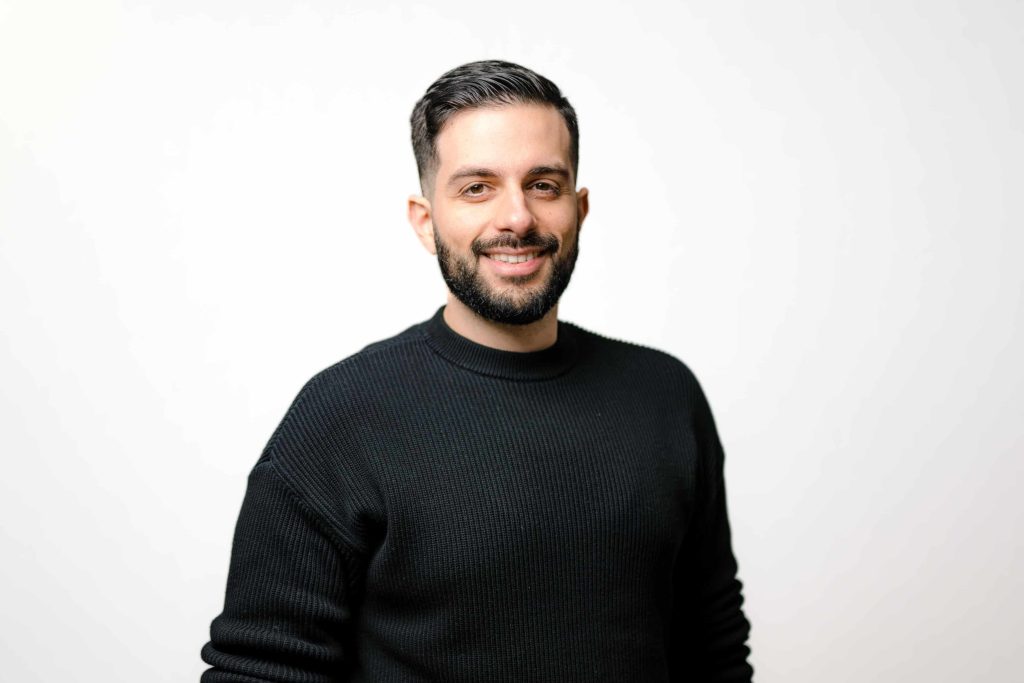Written by Dr. Zeki Ilkan
From ants to ion channels
My first encounter with science was using a toy microscope that my parents gave me as a present. I remember the immense excitement I got visually analysing onion skins and ants in greater detail. During my high school years in Cyprus, my enthusiastic and committed teachers (and the experience of upgrading to a real microscope) solidified my passion for the sciences, especially chemistry and biology. I graduated from Imperial College London with a BSc in Biochemistry in 2011, and an MRes in Biomedical Research in 2013 with distinction. As part of my MRes degree, I completed two six-month research projects in the field of cardiovascular medicine and have since been fascinated by the physiology of the heart and the vasculature. Motivated by the high morbidity/mortality rates from cardiovascular disease both in my community and worldwide, I wanted to understand the molecular pathophysiology of the cardiovascular system through research. I was awarded a Medical Research Council (MRC) Doctoral Training Studentship to pursue a PhD in cell physiology and pharmacology at the University of Leicester. During my doctoral studies, I discovered that human platelets express the mechanosensitive Piezo1 cation channels which can sense various levels of shear stress in the circulation and respond by elevating intracellular levels of calcium. In pathological conditions, this can significantly increase the possibility of spontaneous platelet activation. This important discovery indicated that these ion channels could serve as possible therapeutic targets in the treatment of thrombosis and stroke.

From academia to industry
My interest in the pathological role of ion channels motivated me to join Mount Sinai Health System in New York to investigate how mitochondrial ion channels and associated membrane proteins can promote cardiac rhythm disorders. I investigated the therapeutic potential of classical pharmacological tools and novel gene silencing techniques in the inhibition of ion channel activity involved in the dissemination of toxic oxidising agents within the diabetic heart tissue which cause cardiac rhythm disorders. Here, I used a range of electrophysiological and molecular techniques, including the high-resolution optical action potential mapping in Langendorff-perfused hearts.
Having been fascinated with the workings of ion channels, I could not resist the desire to finally learn the ‘gold-standard’ patch-clamp technique. In 2019, I joined the Department of Pharmacology at the University of Oxford as a British Heart Foundation (BHF) post-doctoral scholar. There, I investigated the role of chloride channels in pericytes, contractile cells that surround capillaries, in the regulation of blood flow in the brain and their potential as therapeutic targets in the treatment of strokes. I discovered the role of TMEM16A chloride channels in pericyte contractility in the brain cortex which regulate blood flow through capillaries. This important study identified this channel as a novel therapeutic target for the treatment of ‘no-reflow’ phenomenon which follows cerebral ischaemia. At Oxford, getting first-hand experience in drug discovery projects through collaborations with industry partners sparked an interest in transforming research knowledge into drug development.
From Oxford to Cambridge (via San Francisco)
I first met Metrion Biosciences through a Metrion-branded stress ball waiting for me at my new office desk in Oxford. It must have been picked up by a colleague or my supervisor and inadvertently placed there. I then received a phone call by a recruiter informing me about Scientist roles at the company during a time I was very busy publishing a paper. About a year later, at a Biophysical Society Annual Meeting in San Francisco where I was a speaker, I had the perfect opportunity to hear more about Metrion and discuss my growing interest in applying for a position. A month after this meeting, I was invited to Metrion for an interview. I am now a Scientist at Metrion and am delighted to be part of this wonderful team and for the invaluable opportunity to expand my research knowledge and electrophysiology skills into the industry world.
